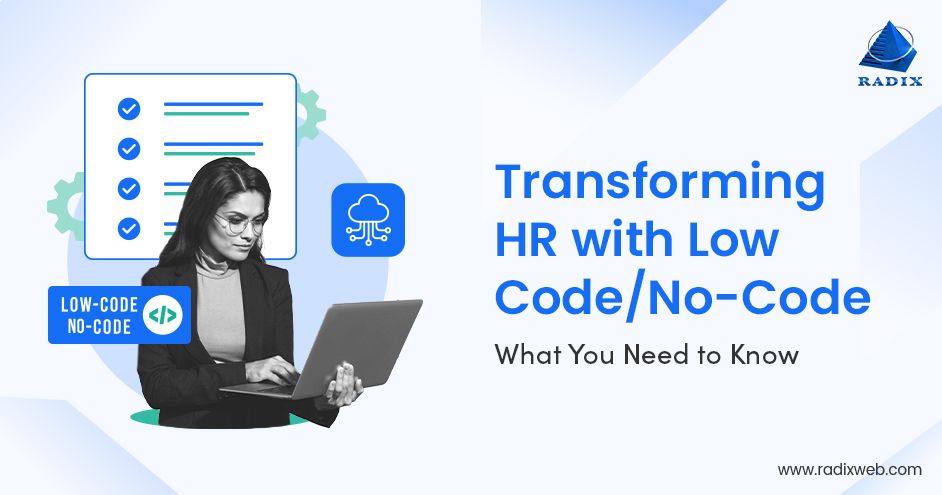
Skip Setup Headaches and Start Your Project Fast - Download Free Boilerplates
Top 10 Useful Agile Metrics


‘Necessity is the Mother of Invention!’ This statement is all the more relevant when it comes to technology and software development. With the growing size and expectations of the project, the waterfall methodology was becoming burdensome and obsolete for projects that require continuous development and a faster go-to-market. Thus, the necessity of quick and continuous development gave birth to a new approach in Agile software development. The Agile Statistics 2024 shows us that companies prefer Agile 1.5 times more than other methodologies like Waterfall and Iterative. And now with the increase in size, scale and complexities of any software development project, there is a need to keep these development projects in check on various factors to ensure smooth and effective development of product with least possible failures and contingencies.That is when Agile Metrics and KPIs (Key Performance Indicators) come to help. So, the first question that pops up logically is:
What are Agile Metrics and the KPIs?
As the name suggests, Agile Metrics and KPIs are the parameters that aids software development providers, DevOps services companies, and product users in determining that the project is on track with optimum quality and productivity. It also helps the clients in understanding the status of all their current development projects and helps them take informed decisions.The second question that pops is why do we need the Agile Metrics? (- Apart from taking informed decisions obviously!)
Crucial Need for Agile Metrics and KPIs
So basically the reason Agile Metrics and KPIs are introduced in agile software development is to keep the vision and the development of the project aligned. So, when we speak of agile metrics, here are the outcomes that one can expect out of it:
- Timely deployment of deliverables
- Keeping different vendors and teams aligned with the project
- Ensuring that the project advances as predicted to avoid unexpected losses
Now that we know what agile metrics and KPIs are and why do we need them, it is obvious the immediate question is which metrics you need to establish to ensure all of the above mentioned outcomes-
Important Agile Metrics and KPIs for Smooth Agile Software Development Project
Although every project is varied and each project has different set of scale, deliverables, outcomes and purposes, there are certain things that remain constant when it comes to agile software development. With years of experience in software development, we have listed down ten important agile metrics and KPIs that are must for every smooth flowing agile software development project For ease of segregation, we have classified these ten agile metrics on the basis of its outcomes as listed above:
Timely Release of Deliverables
Escaped Defects Escaped defect metrics are used to monitor the number of bugs that enter the production after the release of an agile software development module. The agenda is to ensure that the bugs are lessened with each discovery and the delivery is made faster and error-free.

Failed Deployment To ensure whether the code release after completion of a sprint is ready to go to production or not, the failed deployment metrics is undertaken. To ensure that the overall project is not bottle necked due to a failed code, as well as to ensure that the team is progressing towards healthy and working software; this metric proves to be extremely useful. Control Chart This chart is prepared as a part of the cycle time assessment activity i.e. to determine the average time in which a team completes any given task. With this study, the client and project managers can predict rational delivery timelines and take necessary steps to align them with the expected delivery timelines.
Keeping Different Vendors and Teams Aligned
With the ever-growing technology landscape, complex projects are now distributed amongst many different vendors based on their subject matter expertise. This is to explore the true potential of agile software development. But, it is also essential that all those vendors and teams working on the project are constantly aligned with each other and overall development project. To ensure that outcome, below are few agile metrics and KPIs that can help are: Cumulative Flow Cumulative Flow is the best possible metric one can employ to keep a watch on the overall progress of the project. This flow enables the client and project managers to get the holistic view of the whole project and can also help to identify the setbacks quickly. Lead Time Lead Time is a metric that enables the client to monitor a story that enters the backlog up until the release stage. This metric is useful in understanding the overall productivity of all the teams and can be used to align the overall development and project timeline based on the result of the metric. Team Morale With the world getting a smaller space, the development of a project is often undertaken by teams and vendors that are different in culture and sometimes different time zones as well. Hence, it is essential to measure the morale of the team as it is directly proportional to the overall health and productivity of the project.
Want to know more about how we can manage Agile Development for your company? I can help you with some real information. Click here.
Ensuring that Project Advances as Predicted to Avoid Unexpected Losses
These metrics are covered in all the phases of agile software development and hence they are initiated from the very first level of development. So, here are the metrics at different levels: Sprint Burn down To ensure that each sprint is completed in the given timeframe; as teams prepare the Sprint Burndown metric which helps them compare the expected and actual sprint time of the delivery of a code. In this stage, every team makes their own individual forecast and measure their own progress. Epic and Release Burn down To get the overall understanding of the positions of all the teams and that the project is progressing according to the given scope and timeline, Epic and Release Burndown metric is undertaken to compare the broader view and position of the project. Velocity Based on the completed tasks and sprints, the manager or the client can use the Velocity metric to predict the future sprint timings to ensure that the project is going as expected and if not, what precautions are to be taken by the teams to ensure that development aligns with the expected timelines. Net Promoter Score And once the whole production is complete, the Net Promoter Score metric is undertaken as a beta test to ensure whether the actual users will accept the project or not. It is basically to determine the customer satisfaction in the final stage of development which is the release of the project.
Adding Right Velocity to Agile Development with Tech Speedsters from Radixweb
On the long runway of agile projects, Radixweb has a set navigation for clients to get through. Well defined scrum development at our company is segregated in six major stages like: Planning, Setup, Kick off, Monitoring and Control, and Closure. During the project development, our customers are given access to Redmine that helps to maintain status clarity and transparent communication channels. Along with this, daily updates, live Gantt charts, progress report, email notifications and regular release updates are given.Invariably of your domain, agile software development methodology and agile metrics will help you in control of the project and give valuable insights. With an expert Custom Software Development Company on your side, you can rest assured to always be on a better and ‘agile’ side of growth for your projects.
Ready to brush up on something new? We've got more to read right this way.





